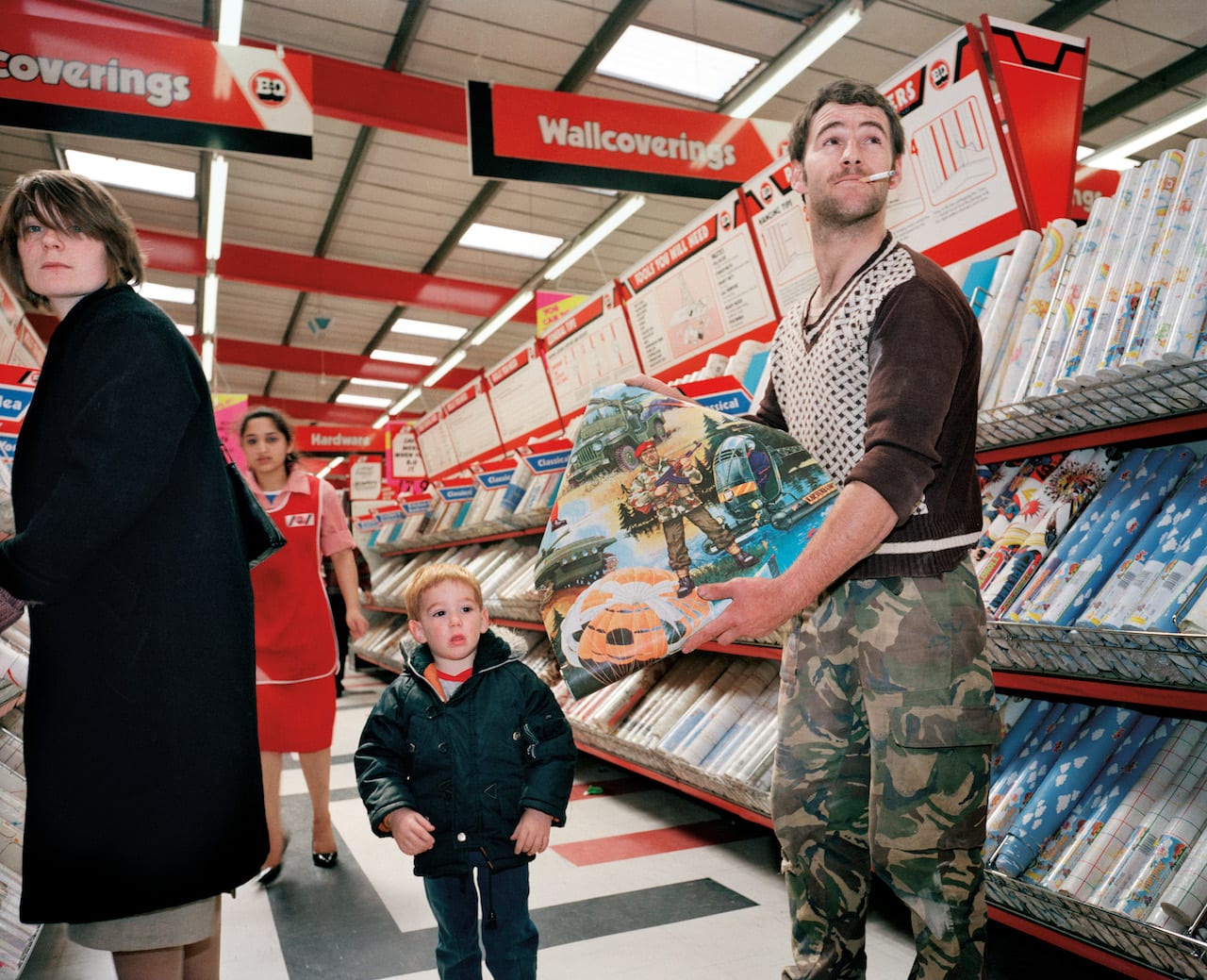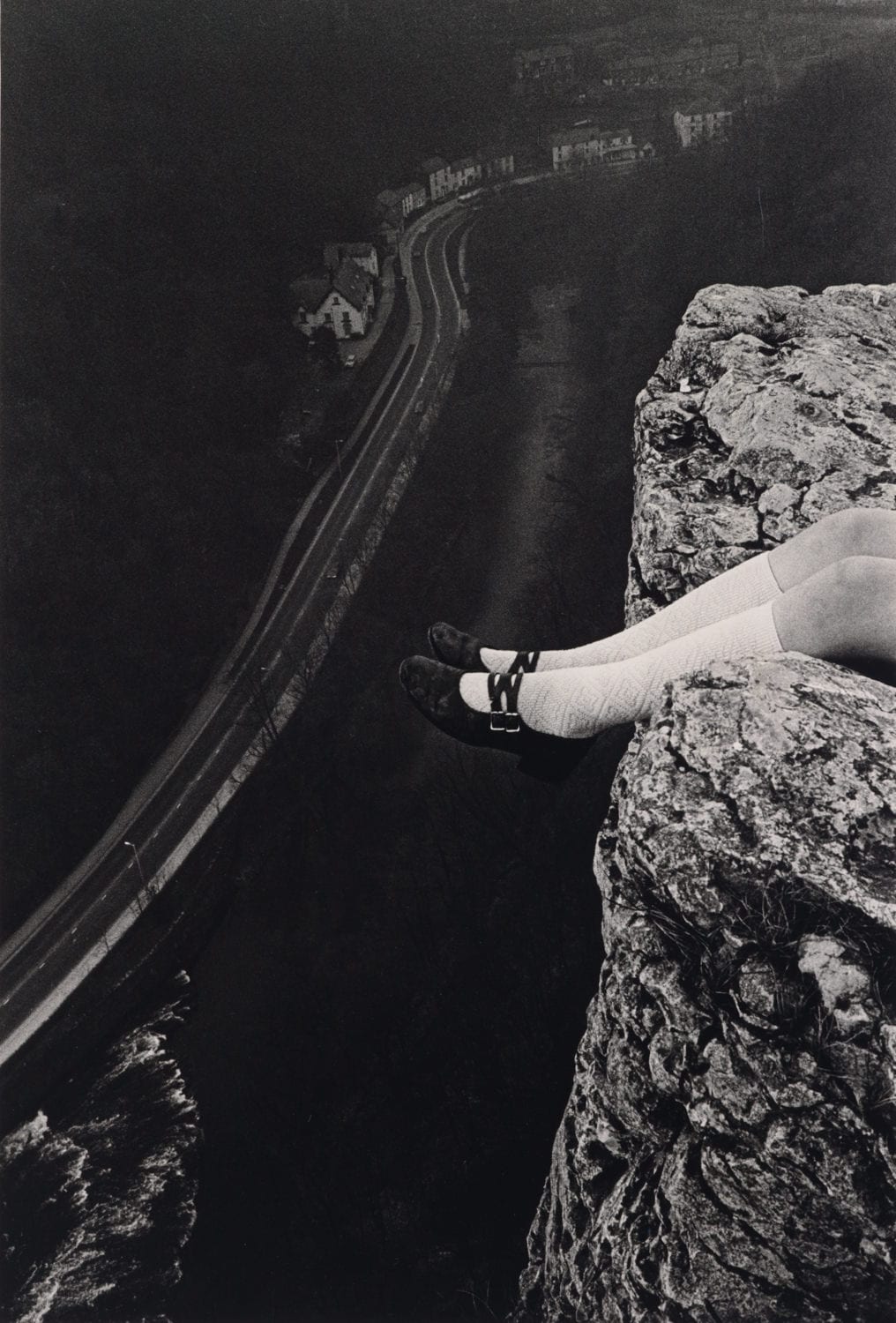Originally self-published in 1986, Beyond Caring documented the waiting rooms of unemployment offices around the UK. Now, 36 years later, it is republished by MACK


Originally self-published in 1986, Beyond Caring documented the waiting rooms of unemployment offices around the UK. Now, 36 years later, it is republished by MACK

But Still, It Turns explores new forms of documentary photography, framing the chaotic world that surrounds us.

Prints from 96 New York-based photographers go on sale until 20 April to raise money for Elmhurst Hospital Centre, Queens

If you don’t get the reference, it’s a curious title for a photobook – Fables of Faubus, the 30-year retrospective by British documentary photographer Paul Reas. But if you’re a jazz fan you’ll know it’s taken from a song by Charles Mingus, written after Arkansas governor Orval Faubus decided to bar the integration of Little Rock Central High School in 1957.
To Mingus, and many others, Faubus stood for a dark force holding back progressive social change. For Reas, the title suggests the metanarrative that runs behind the many stories he’s shot in the UK on heavy industry, consumer culture, the heritage industry, and more – namely, the disenfranchisement of the British working class, “the years of decline of industry and the fall out from that, communities being de-centred and levelled”.

“The atomic structure of materials, and the influence of DNA on the appearance of people and all other living organisms, rely on the language of mathematics for their expression,” says British photographer Peter Fraser, whose new exhibition is called Mathematics. On show at the Camden Arts Centre, it’s a wide-ranging series which brings together seemingly disparate, people, objects, and landscapes, shot in various places and locations.
For Fraser they’re linked by the fact they can all be described mathematically. “I’m inviting the viewer to imagine that mathematics is the code behind everything we see in each of these images,” he says. “And therefore the encyclopaedic nature of the way the subjects jump and change around is really important, for me, to try to suggest the totality of our environment mathematics can describe.”

It’s the biggest and best-respected photo festival in the world – it’s Arles and it’s back from 02 July-23 September, with a special opening week from 02-08 July. With the blessing of the French Minister of Culture François Nyssen – who declares that “Arles wouldn’t be Arles without photography” in her welcome to the festival – the 49th year of the festival is lead by director Sam Stourdzé, who took over its organisation in October 2014. As you might expect, the momentous events of May 1968 are commemorated at Arles this year, with a group of exhibitions titled Run Comrade, The Old World is Behind You. Considering events such as the student demonstrations and strikes in France, and the assassination of Robert F Kennedy that year, this section includes shows such as 1968, What a Story! which uses previously unseen images from police archives, Paris Match and Gamma-Rapho-Keystone. Elsewhere Arles looks to the future with a group of shows titled Augmented Humanity which includes work by Cristina de Middel & Bruno Morais, Matthieu Gafsou and Jonas Bendiksen; and in the Emergences section, which includes the ten photographers included in the New Discovery Award this year.

For more than 40 years, Peter Mitchell has been quietly making photographs of his surrounding environment in the north of England. He’s done so with the minimum of fuss, without any fanfare or desire for the public eye. Now he’s finally been awarded his first major survey show, A New Refutation of the Viking 4 Space Mission, opening a week before the closing of his exhibition at Rencontres d’Arles. A recluse he may be, but Mitchell is also extremely influential. “It’s a mystery to me,” he says with a shrug, when I ask him how he’s achieved such a feat. “But there you go.”

“It’s got nothing to do with Brexit or Europe!” says curator Greg Hobson. “I think we can’t begin to understand that yet. It’s just being addressed by photographers now. We’re discussing the exhibition A Green and Pleasant Land – British Landscape and the Imagination: 1970s to Now, which he’s curated with Brian Cass, head of exhibitions at Towner Art Gallery, and which recently opened at the Towner. Including over 100 works by 50 artists (52 if you count the people in duos separately), it’s a major survey of the land we live on and how photographers have shown it, including image-makers such as John Blakemore, Thomas Joshua Cooper, Fay Godwin, John Davies, Paul Graham, and Theo Simpson.

Portrait of Britain is inviting photographers to submit images that reflect the unique heritage and diversity of our country and show the face of modern Britain. 100 winning portraits will be selected for a public exhibition showcased nationwide in September 2016. We’re asking portrait photographers what goes into making the perfect portrait – this week we hear from London-based photographer Samuel Bradley.
Paul Graham, one of the most prolific and respected photographers in the UK, showed no…